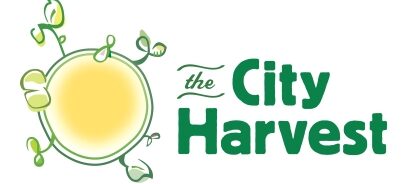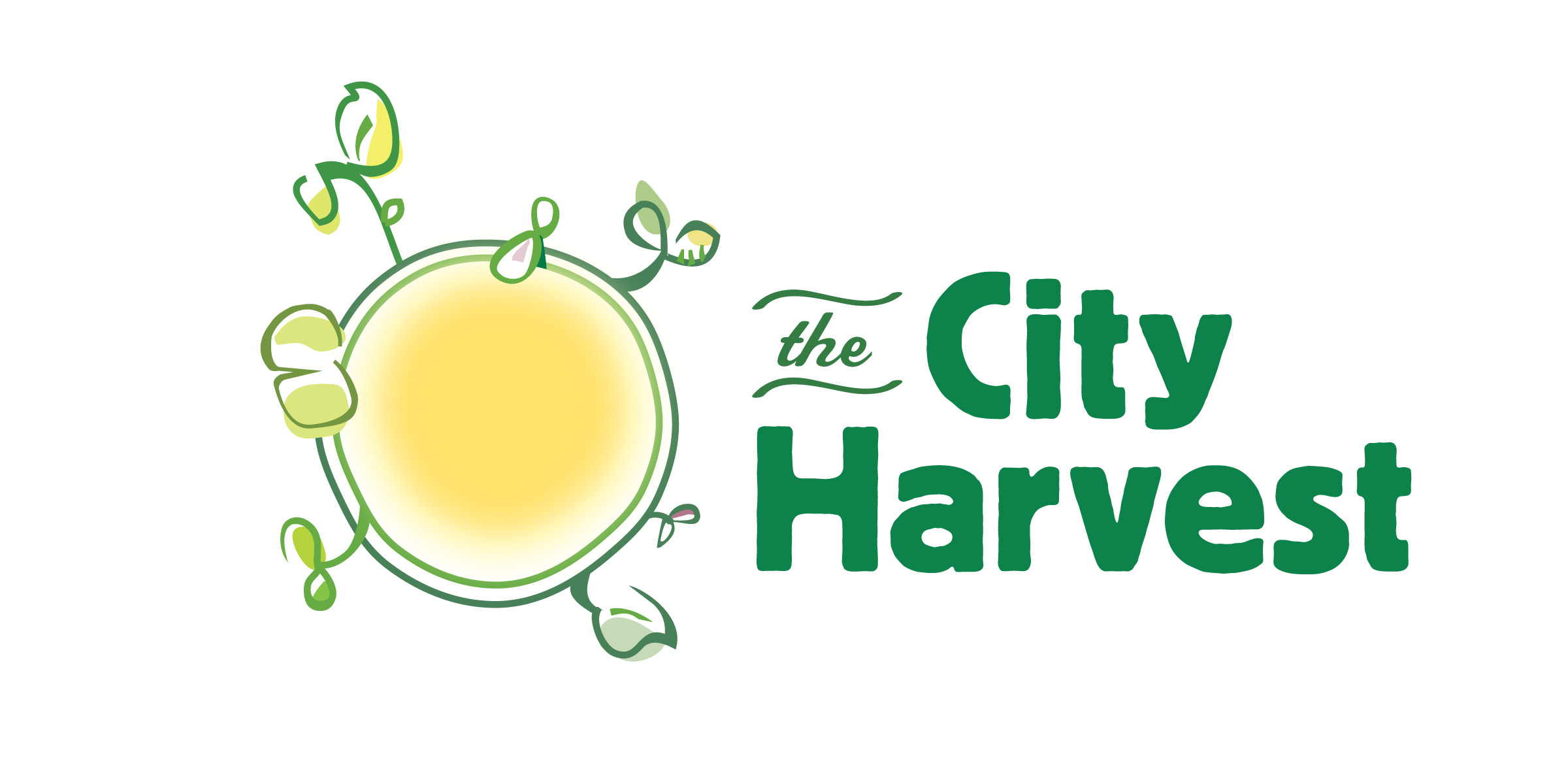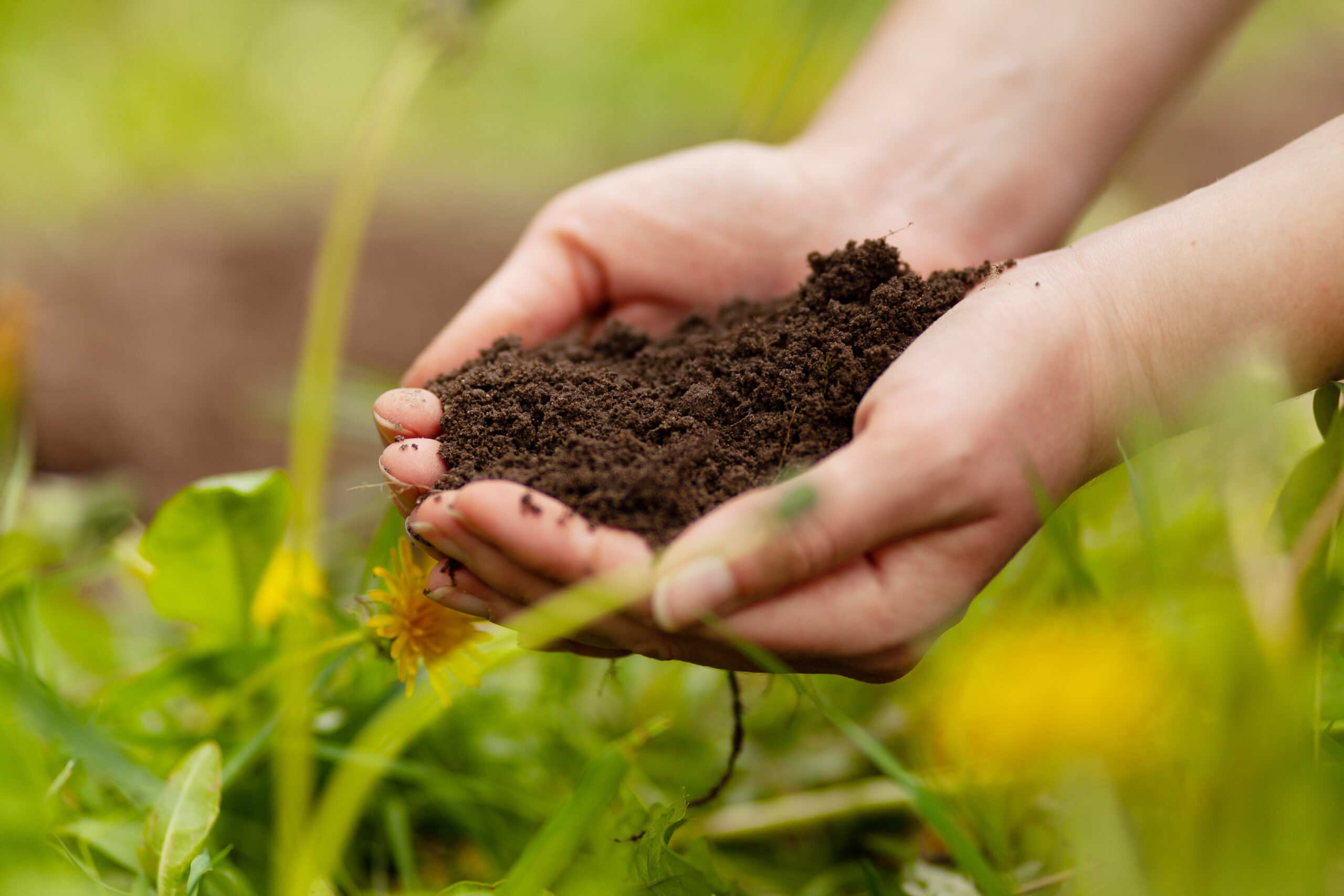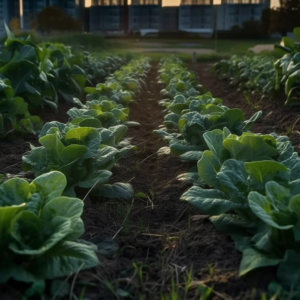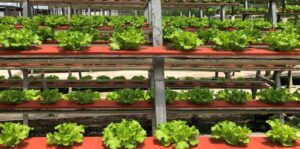What is Good Garden Soil
So, what exactly is good garden soil? Many novice gardeners envision rich, dark brown soil that you can practically see the nutrients in. Others may think of a loamy texture that’s soft and crumbly to the touch. While these visuals have some merit, there’s far more complexity beneath the surface.
Good garden soil isn’t just about looks or feel – it’s a living, breathing ecosystem teeming with life. From tiny bacteria, fungi, and molds to industrious worms, these often-unseen creatures play a crucial role in keeping your plants healthy and improving yield. The interaction of all these organisms makes up what is known as the Soil-Food Web. This web is vital for breaking down organic matter and transforming it into essential nutrients your plants need to grow. This delicate and complex interaction is what organic farming is based on and what drives the movement away from traditional agriculture.
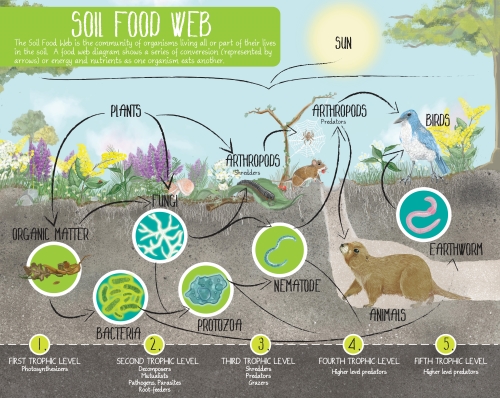
The best garden soil also has an optimal balance of air and water. Too much water can drown plant roots and promote disease, while too little air can suffocate them. Good drainage aids in maintaining this delicate balance—letting excess water escape but retaining enough moisture for plants’ needs.
Soil chemistry is another important factor that contributes to its quality. Minerals present in the soil provide critical nutrients for plant health, while the soil pH influences how easily plants can absorb these nutrients. But good garden soil doesn’t stop at providing nourishment—it’s also instrumental in preventing pests.
A healthy earth full of living organisms acts as a natural pest control system, by suppressing harmful pathogens that can wreak havoc on your plants. Maintaining this rich diversity of life requires constant care and attention from us humans. Practices like crop rotation, which not only boosts fertility but also reduces pest and disease problems, or adding organic amendments, which enrich the soils with necessary nutrient content for healthy growth, are part of the recipe for good, productive soil – the the bedrock of nutritious food and successful gardening.
Characteristics and Components of Fertile Soil
Now let’s dig deeper into the components that make up good soil: A blend of minerals, water, air, and organic matter creates an environment where plants can root deeply, obtain nutrients efficiently and resist pests better.
Now, about those ubiquitous “N-P-K” values we’ve all heard about. These refer to nitrogen (N), phosphorus (P), and potassium (K), the three key nutrients in soil that are a must-have for your plants. Each of these nutrients has a different role in your plant’s growth and development:
- Nitrogen helps plants produce green leaves and stems and is essential for photosynthesis. Nitrogen also helps plants break down organic matter in the soil. Plants that lack nitrogen may have yellow or pale leaves, stunted growth, and poor flowering or fruiting
- Phosphorus helps plants develop strong roots, flowers, and fruits. Phosphorus also helps plants store and use energy from photosynthesis. Plants that lack phosphorus may have purple or brown spots on the leaves, weak stems, and reduced yield
- Potassium helps plants regulate water and nutrient uptake, as well as resist diseases and pests. Potassium also helps plants produce quality flowers and fruits. Plants that lack potassium may have wilted or curled leaves, scorched edges, and poor fruit quality
Another key factor in good soil is its level of aeration. Air in the soil offers room for roots to breathe while also creating spaces for living organisms such as insects and molds to thrive. These critters help break down organic material into humus – a weathered material that holds onto nutrients and water.
Soil Testing
If you’re a garden enthusiast, chances are you’ve heard of the term ‘soil testing.’ It’s an essential step in determining the health of your garden soil. Now, this isn’t some complex laboratory process that requires a PhD to comprehend! At its core, soil testing is all about measuring the soil chemistry.
You see, every type of soil has its unique chemical makeup – the balance of minerals and other nutrients that make it fertile or barren. Think about it like a sort of nutritional profile for your garden plot. Just as nutritious food is vital to our well-being, good quality soil brimming with nutrients is crucial for plant health.
A comprehensive soil test will reveal levels of potassium, phosphorus, nitrogen and trace minerals like zinc and copper. But it doesn’t stop at minerals; it also uncovers the pH level which indicates how acidic or alkaline your patch is. This information can significantly impact your crop rotation plan and ways to enhance yield. So, don’t overlook the importance of soil testing. After all, fertile soil is the first step towards a thriving garden!
Building Healthy Garden Soil
As we’ve seen, achieving good garden soil involves ensuring the right mix of air, water, and minerals. But how do we begin to build and maintain the quality of our garden soil? Here are a few tried-and-true farming practices that have been sued for centuries to maintain good soil structure, improve yield, and to prevent crop disease:
- Add compost: Compost is decomposed organic matter that can enrich your soil with nutrients, organic matter, and microorganisms. Compost can improve the soil structure, drainage, aeration, water retention, and pH balance of your soil. You can make your own compost from kitchen scraps, yard waste, and other organic materials, or buy it from a garden center.
- Add mulch: Mulch can help conserve soil moisture, reduce weeds, moderate soil temperature, prevent erosion, and add organic matter to the soil as it decomposes. You can use materials such as straw, wood chips, leaves, grass clippings, newspaper, cardboard, or plastic as mulch.
- Add manure: Manure is animal waste that can provide a rich source of nitrogen and other nutrients for your plants. You can use manure from cows, horses, chickens, rabbits, or other herbivores. You should avoid using manure from carnivores or omnivores, as they may contain harmful pathogens or parasites. You should use well-rotted or composted manure that has aged for at least six months.
- Aerate the soil: Aeration is the process of loosening the soil to reduce compaction and allow air and water to penetrate deeper into the root zone. Aeration can improve the drainage, oxygen supply, nutrient uptake, and root growth of your plants. You can aerate your soil by using a garden fork, a spade, a core aerator, or a spike aerator – but avoid turning or tilling the soil over.
- Rotate crops: Crop rotation is the practice of growing different types of crops in the same area in different seasons or years. Divide your crops into groups based on their nutrient needs and outputs, as well as their susceptibility to pests and diseases. Crop rotation will help prevent pest and disease problems, by breaking their life cycles and depriving them of their preferred hosts from one season to another.
Conclusion
Gardeners, both seasoned and novice, can agree that the bedrock of a flourishing garden lies in its soil.
Healthy soil is teeming with life. It’s not just dirt but a living ecosystem bustling with bacteria, fungi, molds, worms, and other organisms which contribute to its vitality. These inhabitants play essential roles in breaking down organic matter into nutritious food that plants can absorb readily—an embodiment of nature’s flawless recycling system.
Soil health directly impacts plant health, so meticulous care should be taken in maintaining your garden’s lifeblood. By incorporating organic amendments into your soil on a regular basis, like compost, manure, and other organic layers, you will significantly improve its nutrient content while also encouraging beneficial insects and microorganisms’ activity. In turn and without fail, this will result in a healthier and more productive garden.
